-
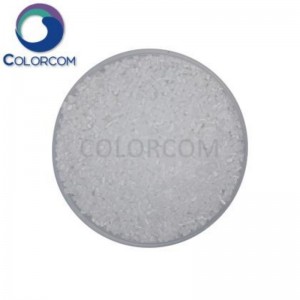
Fragrance Masterbatch
Description Frangrance masterbatch is an additive that can add fragrance to plastic products, mainly including floral series and fruity series. You can smell a variety of different scents, such as fresh flower fragrance and sweet fruit fragrance, when you get the aromatic masterbatch. It is very easy to apply to the production of plastic products, so that the products have a good fragrance retention effect. As long as the fragrant masterbatch is premixed with other film particles, and th... -

Fluid Loss Additive AF550
Product Description 1.AF550 fluid loss additive is a synthetic polymer which is capable of effectively reducing water loss filtering from the slurry to porous formation during cementing process. 2.Applicable for low-to-moderate temperature oil well cementing. 3.Control fluid loss in normal density cement slurries, lightweight and high density cement slurries. 4.Used below temperature of 150℃(302℉, BHCT). 5.Applicable mixing water: from fresh water to half-saturated salt water. 6.Compatib... -
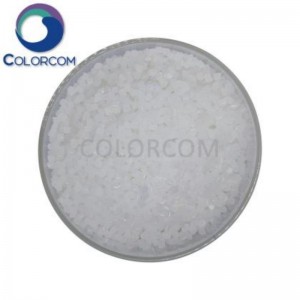
UV Sterilizer Masterbatch
Description The use of plastics is becoming more and more extensive, and the amount of use is increasing year by year. This is because plastics have many advantages. However, plastic is easy to age. The bad stability of the unstabilized plastic exposed outdoors is mainly manifested in the loss of gloss, surface cracking, pulverization and reduced mechanical capacity, which limits its application range. The main factors inducing the aging of plastics are light, heat and oxygen. In additio... -

Anti Block Masterbatch
Description The anti-block masterbatch is compounded by a variety of efficient special additives and processed by a special process. It can be used for the processing of polyolefin (PE, PP) plastics. On the one hand, it can form a layer of extremely lubricating film on the surface of plastic products, and on the other hand, it can form a micro-convex structure on the surface of plastic products, which can effectively improve the opening (i.e. anti-adhesion) performance of products and th... -
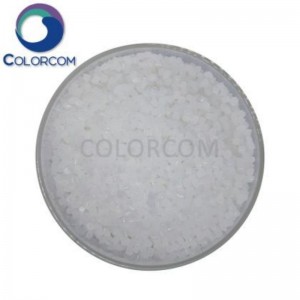
PPA Masterbatch
Description Processing aid masterbatch is a polymer processing functional masterbatch with fluorine-containing polymer as the basic structure. It is widely used in the processing of polyethylene, ethylene-vinyl acetate, polypropylene and other plastics. It can be used in the processing of film (blow molding, stretching and casting), the extrusion process of wire, plate, pipe, profile, cable coating, and also applicable to the dispersion process of pigments and the hollow blow molding pro... -
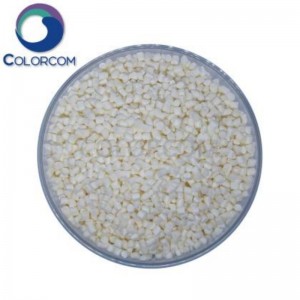
Anti-rust Masterbatch
Description Vapor phase anti-rust masterbatch is the basic functional masterbatch for the manufacture of vapor phase anti-rust film. The addition of the anti-rust masterbatch to plastic products can make the vapor phase inhibitor volatilize a gas at normal temperature and pressure. The gas is adsorbed on the protected metal surface in molecular form to isolate the contact between air and metal to achieve the anti-rust function. The anti-rust masterbatch is evenly dispersed, without cryst... -
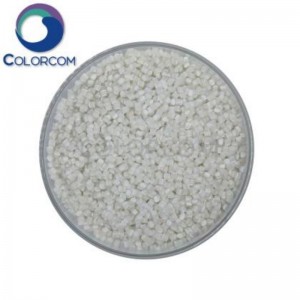
Deodorant Masterbatch
Description The plastic deodorant masterbatch is used to remove the odor and peculiar smell mixed in the recycled materials such as polyolefin series. It is widely used in the granulation of recycled materials, injection molding, film blowing, extrusion, wire drawing, pipe extrusion, etc. to remove the unpleasant plastic smell, especially suitable for the processing of various waste plastics. -
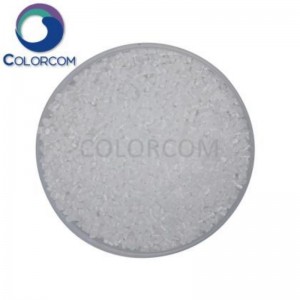
Clarifying Masterbatch
Description The clarifying masterbatch is made of polypropylene as the carrier, and the product particles are uniform, high transparency, good dispersion, good filtration performance, and has better biological applicability and stability. The product is non-toxic and odorless, and will not produce odor during processing. Feather 1.Improve the light transmittance, increase the surface finish, improve the product appearance, improve the heat resistance, improve the impact strength, in... -
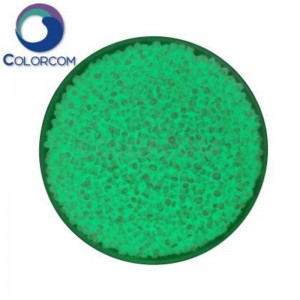
Luminous Masterbatch
Description The luminous masterbatch refers to absorbing visible light with light source and emitting weak fluorescence without light source. Application field 1.Film products: shopping bags, packaging films, casting films, coated films and multi-layer composite films; 2.Blow-molded products: medicine, cosmetics and food containers, lubricating oil and paint containers, etc; 3.Squeezing products: sheet, pipe, monofilament, wire and cable, woven bag, rayon and mesh products; 4.Inject... -

Polysorbate 20 | 9005-64-5
Product Description Polysorbate 20, also known as polyoxyethylene(20) sorbitan monolaurate. It consists of sorbitol, ethylene oxide, and lauric acid. It has a molecular formula of C58H114O26. At room temperature, polyoxyethylene monolaurate is in the form of a pale- yellow to yellow viscous liquid at room temperature. Polyoxyethylene sorbitan monolaurate is an O/W emulsifier with a polysorbate 20 HLB of 16.7. Polysorbate 20 is great at emulsifying and stabilizing oils in water. Polysorba... -

Plastic Functional Masterbatch
Classification Plastic Functional Masterbatch Classification Luminous masterbatch Clarifying masterbatch Deodorant masterbatch Whitening masterbatch Anti-rust masterbatch PPA masterbatch Anti Block masterbatch UV Sterilizer masterbatch Fragrance masterbatch Antifogging masterbatch -

Pipe Masterbatch
Color Green masterbatch, Blue masterbatch, White masterbatch, Orange masterbatch, Black masterbatch, Yellow masterbatch. Notes Good covering properties, UV aging resistance, heat resistance, light resistance and migration resistance, good dispersibility, and good compatibility with the matrix resin.

